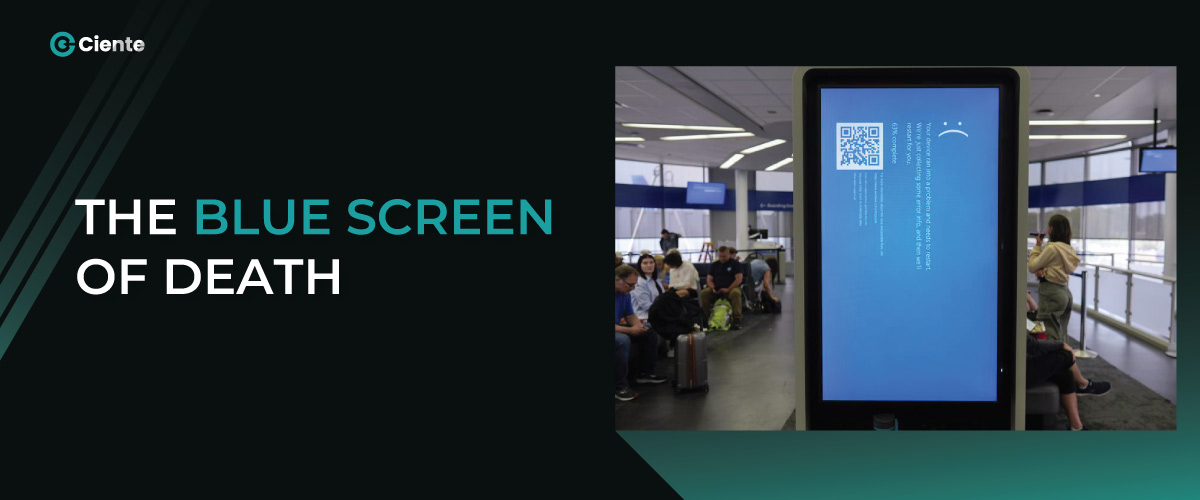Businesses can come to a standstill without high-value clientele. How can you use demand generation to your advantage?
While your sales and marketing teams strive to get leads, acquiring the target accounts may seem like a dead end. You can overcome this hurdle with a demand generation process.
This strategy combines inbound and outbound marketing techniques that allow brands to understand the needs, preferences, and pain points of the target audience. When you know your audience well, you can deliver valuable solutions that resonate with their challenges.
Demand Generation in B2B
There is no ‘one size fits all’ approach while implementing a demand generation process. It requires customization to align with the product/service, target audience, and business goals. Value creation forms the basis of a successful demand generation.
There are three key benefits of incorporating the process into your B2B business:
Boosts Brand Awareness
You can drastically improve brand visibility and brand awareness with demand gen. If more people are exposed to your business, more customers will become educated about your offerings and how they will benefit.
Improves Lead Conversion
In line with this marketing strategy, deploy personalized communication with potential leads and convey educational content. When the prospects realize your business offerings will overcome their roadblocks, they are likely to convert into paying accounts. More leads imply a better ROI.
Offers a Competitive Edge
There is no doubt that the world of B2B business is highly competitive. As a marketing tool, demand generation holds great potential to build customer-brand trust and enhance business credibility. When you go the extra mile to address audience pain points, your prospects will resonate with your offerings and may choose your brand over others. They are also likely to return for repeat purchases, thus enhancing brand loyalty.
The Six must-have SaaS Demand Generation Elements
Research Your Target Audience
The core of a demand generation process lies in understanding your target audience, the platforms they frequent, their interests, and their needs. Market research will provide you with valuable insights, including audience behavior.
Social media channels: There is so much content on different social media platforms. It is important to look into what your target accounts prefer, the posts they like, what keeps them engaged, and so on.
Run a data analysis: Understanding social media presence is like a stepping stone to researching your target users. It is recommended to use data analytics as a valuable tool to gather insights into trends and patterns of target customers. When you understand your audience better, you can align with their needs and facilitate a successful demand generation process.
Choose a multi-channel Approach
Your brand may be present on a single channel but your target customers may be active on multiple, probably completely different platforms. It’s a good idea to showcase your brand on the relevant channels and connect with your potential clientele for better reach.
Create user-centric Content
Crafting engaging content forms a major pillar of the demand generation process. Create write-ups that draw the clients of interest, followed by publishing them on the right channels. To support the informed decision-making of target accounts, highlight the benefits and features of your offerings.
Analyse Campaign Performance
Demand generation campaigns are of limited use if you do not measure their performance. Utilizing demand gen metrics like lead quality, conversion rates, and revenue generation can enable you to measure campaign effectiveness, and whether it had any impact on the target audience.
Apply Lead-Scoring & Lead Nurturing
If you want to identify the potential leads who could convert into paying customers, then integrate a lead-scoring strategy. Create an effective lead-scoring model with data analytics and determine which marketing strategy resulted in lead conversions.
When you get more customers on board, you should nurture every lead to retain them. Promptly address their questions/concerns to ensure a good customer experience. With the help of lead nurturing, consistently supply educational information and promote customers’ decision-making.
Integrate with Marketing Automation
Marketing automation transforms a static demand generation process into a dynamic and flexible one. If you harness its potential, you can seamlessly experience better lead scoring, lead nurturing, and multi-channel engagement. Automation tools collect all the data that can create an action, like a sales rep call or white paper download.
SaaS demand generation elements: Best Practices
Before initiating your demand generation, clearly define the objectives and determine a budget. Also, pay attention to the resources and practices that have brought you high-quality leads.
Focus on Organic Search
If there is a powerful tool that can increase website traffic, it would be an organic search. 43% of marketers also agree with this. Adding the right keywords can make a big difference! When you implement a robust SEO strategy, your brand is likely to be listed among the top rankings in search results.
Interact with the Target Audience
Whether you are an established brand or just starting up, building a relationship with your consumers can go a long way. You can accomplish this by communicating with the right audience using tailored messages. While writing these, highlight how your company would solve audience challenges.
Connect Content Strategy to SEO
For your demand generation to be successful, plan your content strategy carefully, fuelled by search engine optimization. You can design an effective SEO approach by familiarizing yourself with relevant business terms that people mostly search for. The next step is to include the keywords corresponding to high search volumes.
Evaluate Engagement Metrics
The journey of content goes beyond creating and publishing it for the audience. Once it’s out there, you need to understand whether or not the content had any impact. Measure the interactions of potential customers by looking into shares, click-through rates, comments, and social media responses.
How to Optimize Your Demand Gen Framework
A demand generation process is dynamic, requiring periodic adjustments and changes. What worked well last week may not work a few weeks later. Optimization will align your marketing efforts with the business objectives. To achieve high-quality leads, frequently test and refine your demand generation strategy. Such analysis would help you identify the gaps and fine-tune when needed.
Lastly, keep an open mind while trying out different content ideas to learn what your audience can connect with the most.
Accelerate Your Business with Demand Generation
The success of a B2B business depends upon reaching the right audience and building brand authority. The six elements of demand generation work as a catalyst for business growth, boosting the overall ROI. If you want to attract target accounts easily, address their pain points, nurture leads, and drive concrete action, let this be your go-to tactic.





